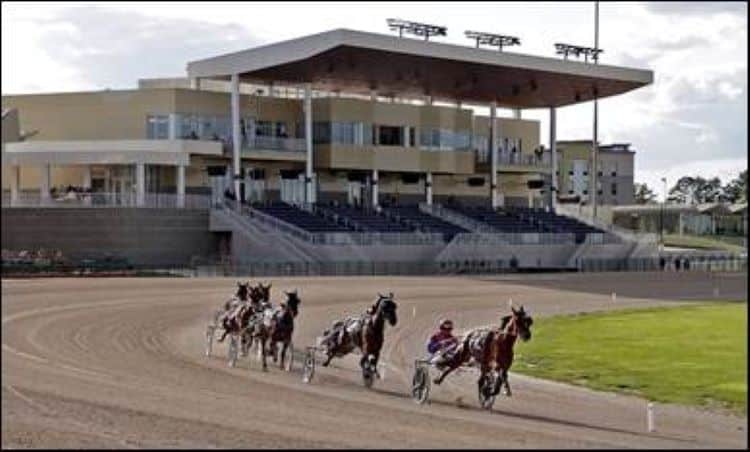Online betting powerhouse FanDuel held two notable and seemingly contradictory No. 1 claims in Ohio’s sports gaming revenue report for February: It was both the state’s most heavily used site and also the one that had the biggest drop in betting from the month before.
FanDuel was not alone among major sportsbooks with a precipitous decline in handle between January and February — such drops were to be expected after the heavily promoted first month of legal betting — but its severity of change was beyond that of all others.
The monthly revenue report from the Ohio Casino Control Commission showed that FanDuel’s $232.8 million in February online handle represented a 52.9% decline from its massive $494.2 million in January. The other 16 digital sportsbooks combined took $388.4 million in bets in February, down 34.8% month over month.
It meant FanDuel’s leadership of the field fell from a 45.3% market share in January to 37.5% in February. While DraftKings had its own sharp decline in handle (37.8%), its lesser plunge was such that by claiming a 34.5% market share, it narrowed the gap between it and FanDuel to 3.2 percentage points instead of the 13.7-point margin of January.
Reduction in bonus offers likely explains it
A lot of the change between January and February no doubt has to do with the massive marketing of special welcome bonuses and other promotional offers that took place among FanDuel and other top national operators in the first month of legalized wagering.
Combined, the online sportsbooks provided a staggering $320 million in promotional credits in January, which fell to $59.1 million in February and are likely to decline even more in ensuing months.
FanDuel alone reduced the value of its credits given away in Ohio from $168.7 million to $19.7 million between the two months. The first monthly figure was nearly twice the volume of DraftKings’ promotions, while the second was only 7.4% higher.
The 17 online sportsbooks have combined to make up more than 97% of betting in Ohio, and other major operators that rely heavily on advertising and promotional enticements to attract customers’ betting were the ones to fall most heavily between January and February.
Barstool Sportsbook’s handle fell 45.3% to $28.1 million, with the value of its promotional offers falling from $5.5 million to less than $800,000.
BetMGM’s betting action declined 43.8% to$46.1 million, with promotional offers declining from $27.3 million to $4.7 million.
The other biggest drop was suffered by Hard Rock Digital, by 40.3% to $12.4 million, with promotions declining from $4.1 million to $846,505.
BetRivers and some others made gains
Although every month’s level of betting activity is different, based on the sports calendar, it is February’s $638.8 million total betting handle in Ohio ($621.1 million of it by phone or computer) that likely gives a far truer picture of the state’s long-term prospects within the national industry than the $1.11 billion of January.
Clearly, the first month’s number was inflated by unsustainable promotional giveaways by national companies that, in the long term, must focus on earning a profit. The reduction in such offers meant that even though the sportsbooks’ combined revenue was far less in February — $82.8 million instead of January’s national record of $208.9 million — they came away with $22.8 million more in revenue than credits, whereas in January they were $114.3 million in the red.
Competitively speaking, the reduced expenditures on such marketing by others works to the benefit of the many smaller operators, who generally did not experience the same sharp drop in handle as the big players.
Some, in fact, attracted even more customer volume in February than January. BetRivers managed to grow its handle almost 60% from $2.9 million in its first Ohio month to $4.6 million. MVGBets more than tripled its handle to $724,453. Betway grew 19.4% to $934,336.
The overall market is still top-heavy, but the nine operators that each have handle of less than $10 million combined for 3.3% of all statewide mobile handle in February, compared to 2.1% in in January.
There’s still a lot that will shake out among all of the operators in coming months, with more time needed to determine long-term competitive trends. More rivals such as Bally Bet, WynnBET, and the fledgling Fanatics Sportsbook are due to arrive, while some operators could figure out over time that their low market penetration and profitability is unsuitable for continuing.
The one thing we now can be certain about, at least, is that January’s astronomical figures for FanDuel and its top competitors don’t represent any standard baseline to use for all of the activity going forward.
Photo: Ron Vesely/Getty Images










